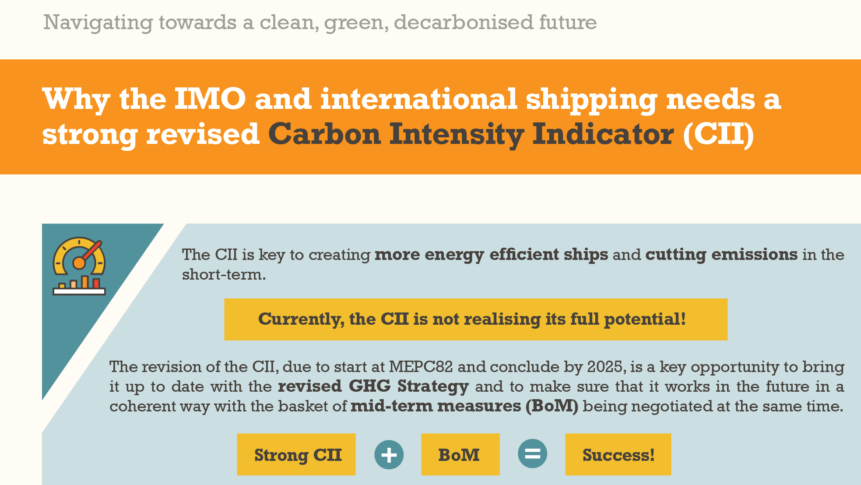European Parliament urges ministers to match Paris ambition on ships and planes

The European Parliament today called on EU governments to align the 2030 EU climate target with the Paris Agreement and introduce EU measures to cut emissions from aviation and shipping. In a letter sent to Europe’s ministers of transport and environment, the heads of seven political groups of the Parliament’s environment committee also demanded greater climate ambition at both ICAO and IMO, the UN bodies charged with regulating emissions from aircraft and ships respectively, and at EU level.
The environment heads of all the main political groups in the Parliament wrote: “There is no reasonable excuse to continue exempting aviation and shipping from the international and EU climate policies.”
Aviation accounts for about 5% of global warming, and CO2 from shipping is some 3% of the global total. These sectors have CO2 impacts on a par with the UK and Germany respectively and are continuing to grow rapidly.
Sotiris Raptis, shipping officer at T&E, said: “Having escaped explicit mention in the Paris deal, emissions from aviation and shipping still remain the two elephants in the climate room. Without ambitious action to reduce ship and aviation emissions both at EU and global levels, the world does not stand a chance of limiting global warming to 1.5°C.”
Documents circulated by the Dutch Presidency of the EU to Ministers in advance of the meeting appear to abrogate EU responsibility for international transport emissions by leaving it up to these UN bodies. This is extraordinary given ICAO and IMO’s inaction since Kyoto and the urgency of the task which Paris so clearly set out.
Andrew Murphy, aviation officer at T&E, said: “The scale of the problem requires action at both international and European level. Particularly as the EU bloc is the largest source of emissions from international shipping and aviation. We call on Ministers to set out an ambitious and effective set of EU measures which can complement global action.”
Emissions from ships and planes have been growing twice as fast as the rest of the global economy. According to a scientific study published recently by the European Parliament, if left unaddressed, aviation and shipping could account for almost 40% of the world’s CO2 emissions in 2050. Such growth will render impossible achieving the Paris goal of limiting temperature increases to 1.5/2°C.


